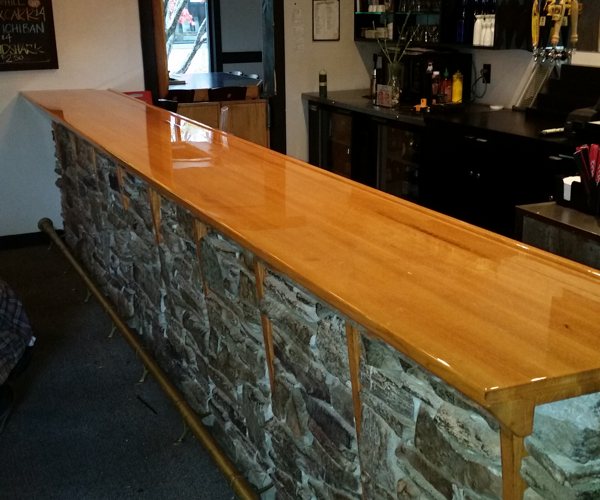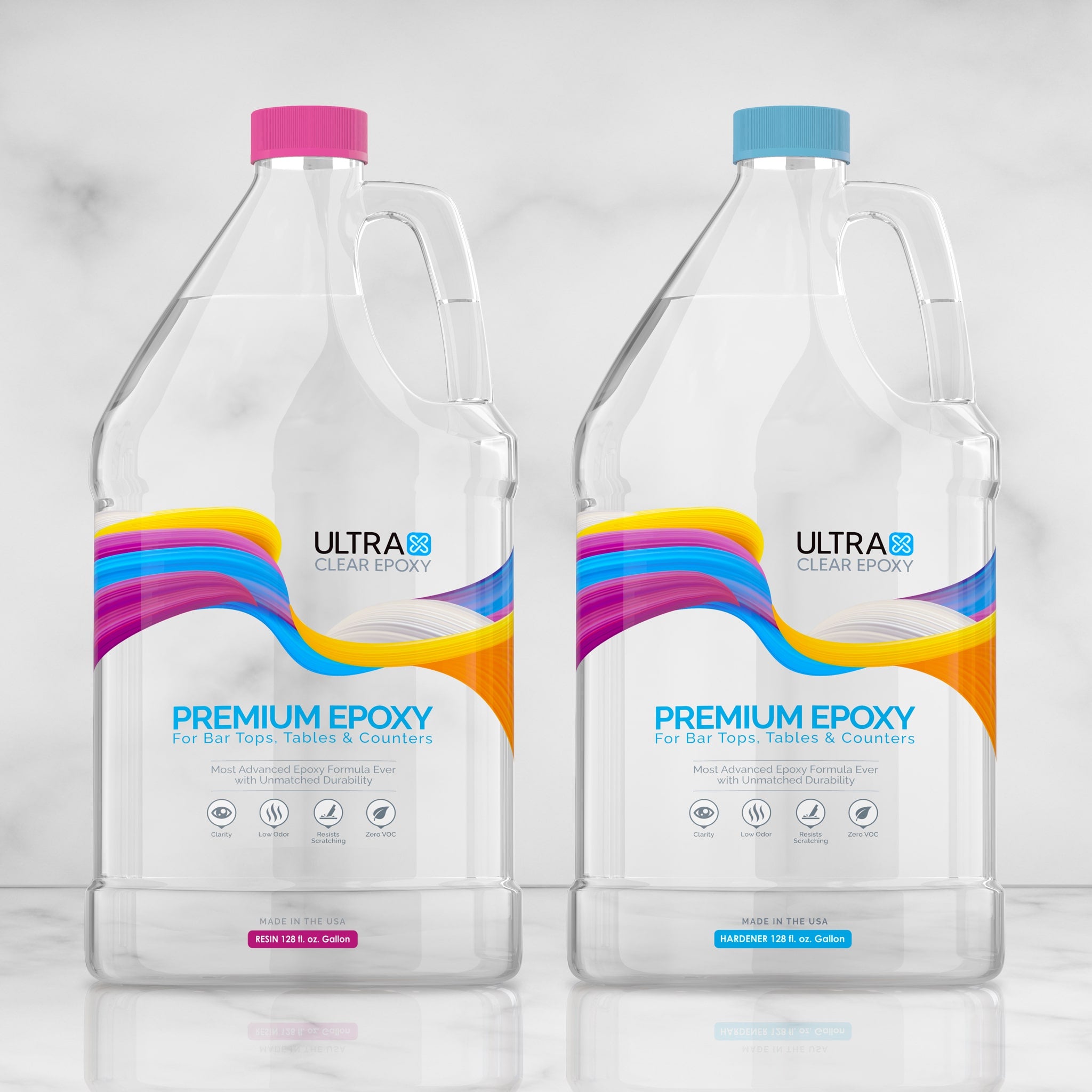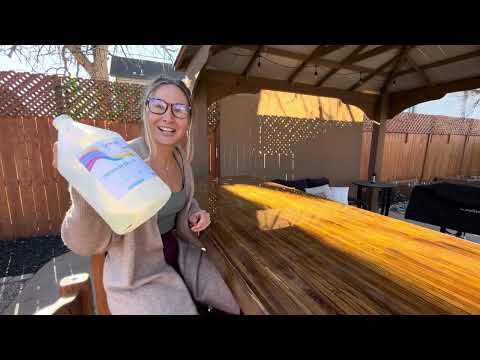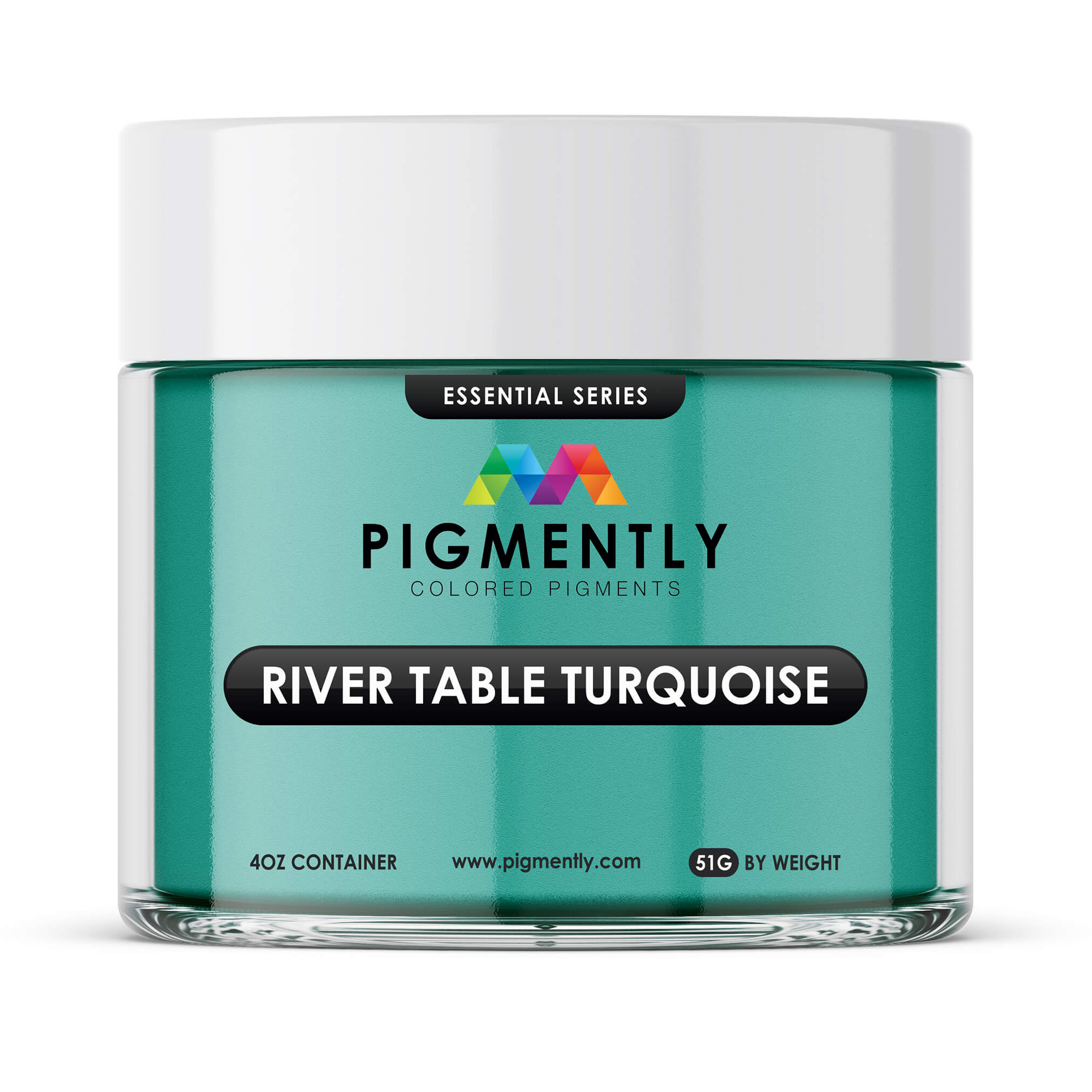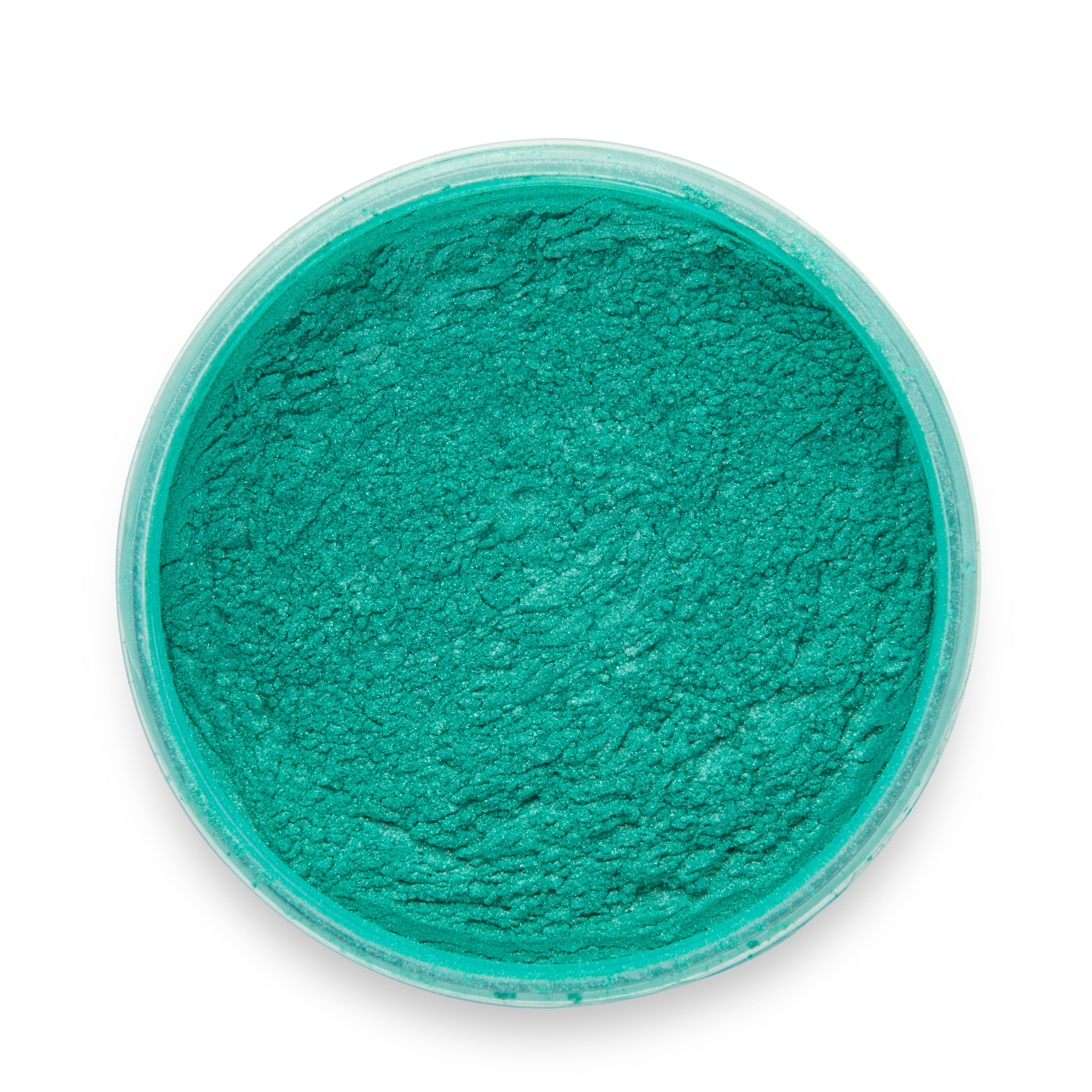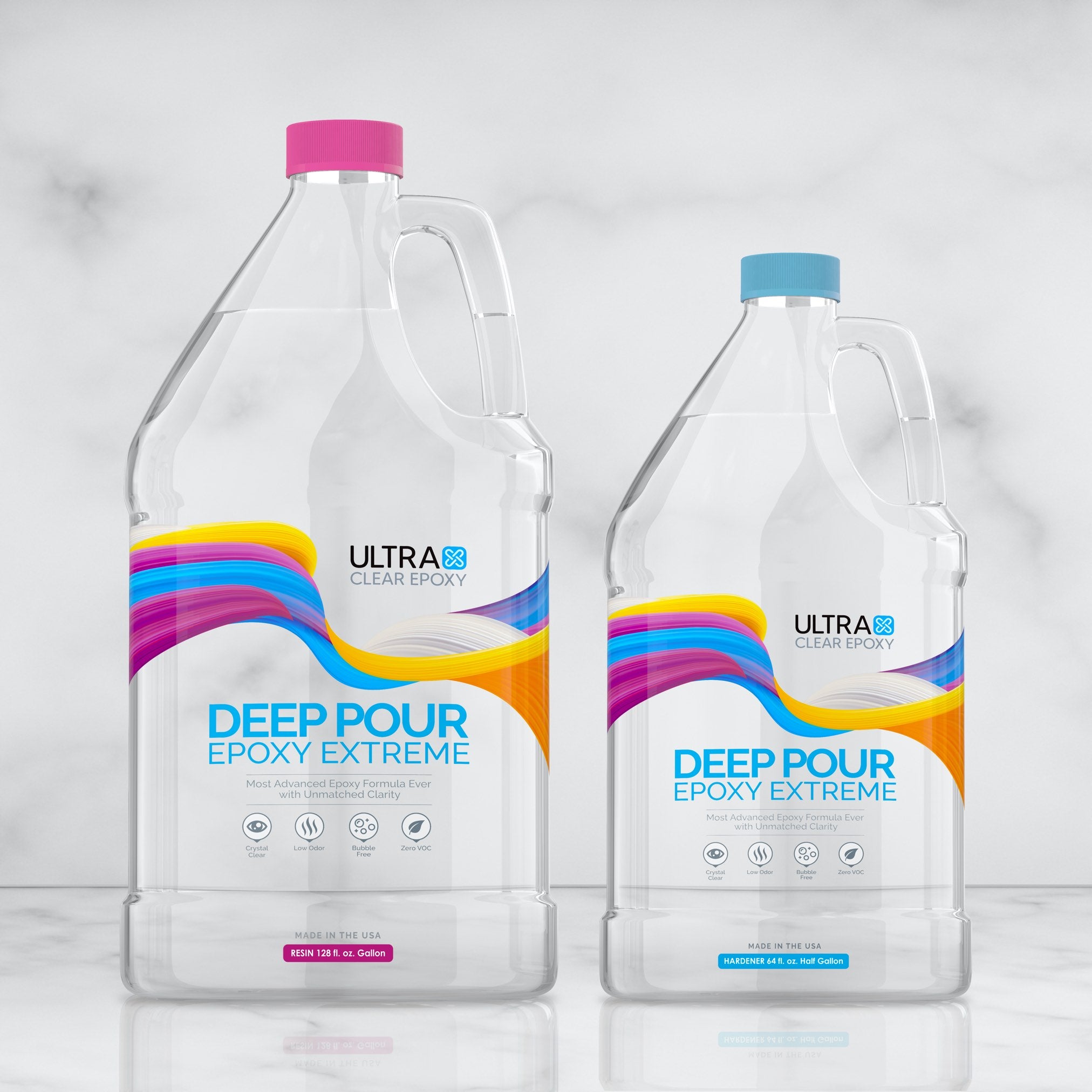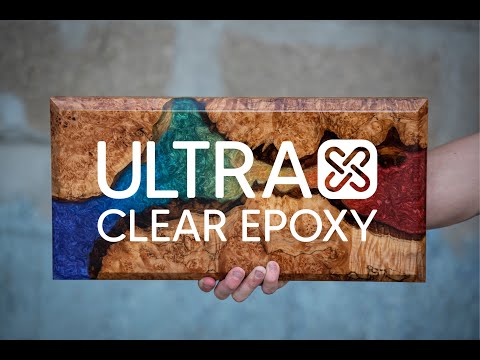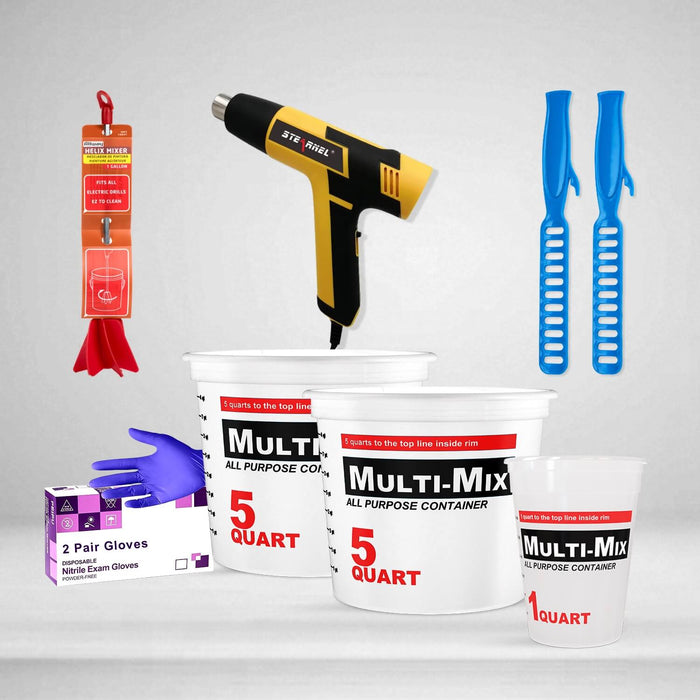Most epoxy projects involve pouring a coating of epoxy onto a substrate of some sort. Though there are different types of pours, the most common and arguably indispensable one is the epoxy flood coat.
In this article, we'll explain what a flood coat, how you get to that point in your project, and what the best epoxy for flood coating is.
What is an epoxy flood coat?
An epoxy flood coat is a thick, self-leveling layer of epoxy resin applied over a prepared surface (i.e., the substrate), such as a tabletop, countertop, or other types of furniture/fixtures.
The flood coat happens during one of the last stages in an epoxy project and is intended to provide the substrate with the goal of achieving a smooth, glass-like finish that enhances the underlying material, along with any embedded items and pigments within the resin.
What is the best epoxy to use for flood coating?
Epoxy resin exists in a variety of different types and variants, and each of these is designed for specific purposes. Because there are so many, though, it can be tough to figure out which is best for your goals.
In the case of applying a flood coating of epoxy, especially when it's the final topcoat for your project, the ideal epoxy resin is our UltraClear Bar & Table Top Epoxy.
With UltraClear Bar & Table Top Epoxy, you get:
- Unmatched strength. It won't buckle even under high pressure, and it's highly resistant to all forms of physical damage, especially relevant ones like scratching and denting.
- An impermeable surface. Water, staining, and debris are not a problem with this epoxy, as it forms a tight-knit, ultra-smooth bond with the substrate it's applied to, preserving it for years to come.
- Ease of maintenance. Maintaining your epoxy finish is a breeze with UltraClear, as our iconic table top epoxy makes cleaning up messes effortless. With just mild soap and warm water, you can remove almost anything. Glass cleaner and multi-surface cleaner work great too.
Before the flood coat, it's highly recommended you perform a seal coating first.
For the majority of epoxy projects, one of the first phases is the seal coat phase. This phase involves sealing a porous surface (the substrate) with a thin, brushed-on layer of epoxy resin to push out and release any air resting within the substrate's pores.
This, in turn, prevents excessive air bubbles from forming within the flood coat finish later on. Though air bubble removal is an inherent part of the process—performed after a flood coating—there's a limit to how many bubbles can be safely removed without damaging the finish itself. Thus, the seal coat exists to avoid reaching that limit.
Check out our in-depth article on seal coats for a step-by-step guide.
How do you apply an epoxy flood coat?
Application of a flood coat is a several step process. Here's a step-by-step guide to help you get started:
Step #1: Prepare your substrate.
Before applying a flood coat, the surface should be clean, dry, and free of any contaminants. Any previous cured layers of epoxy or sealant should be sanded down to create a slightly rough texture for better adhesion.
Learn more about sanding between epoxy layers here.
Step #2: Mix up an epoxy flood coat batch.
The epoxy resin and its hardener are mixed together at a specific ratio, typically 1:1, but this can vary depending on the product. It’s crucial to mix thoroughly to ensure a proper cure.
Learn more about mixing up an epoxy resin batch here.
Step #3: Pour your epoxy flood coat batch.
Once mixed, the epoxy is poured onto the surface. Because of its self-leveling properties, it spreads out evenly over the surface by itself, though you may use a spreader or a squeegee to help guide the epoxy to cover the entire area uniformly.
Get tips to achieving an ideal epoxy pour here.
Step #4: Remove any air bubbles.
After pouring, any air bubbles that rise to the surface are removed. This is typically done using a heat gun or torch, which gently heats the epoxy surface causing the bubbles to expand and burst.
Discover the best methods for preventing and removing air bubbles here.
Step #5: Let the coating cure.
Once that's done, the epoxy needs to cure, a process that can take anywhere from several hours to several days depending on the product and environmental conditions. During this time, the epoxy hardens into a clear solid finish.
What are the benefits of an epoxy flood coat compared to other sealants?
A flood coat of epoxy not only enhances the aesthetic appeal of a surface material but also provides a durable, protective layer that is resistant to moisture, stains, and scratches. This makes it a popular choice for surfaces that face regular wear and tear.
In fact, compared to other common sealant options, epoxy flood coats offer several benefits:
-
High durability: Epoxy flood coats create a hard, durable surface that is resistant to scratches, stains, and heat. This makes them ideal for high-traffic areas like kitchen countertops or dining tables.
-
Waterproofing: Epoxy creates a waterproof barrier, protecting the underlying surface from water damage. This is particularly important for surfaces in areas prone to spills or moisture, such as kitchens and bathrooms.
-
Aesthetic appeal: Epoxy flood coats can be customized with a variety of colors, patterns, and effects, allowing for creative design possibilities. They can also enhance the natural beauty of wood or other materials, providing a glossy, polished finish.
-
Low maintenance needs: Epoxy-coated surfaces are easy to clean and maintain. They can be wiped down with a damp cloth or mild cleaning solution, and stains can typically be removed without damaging the epoxy coating.
-
Versatility: Epoxy can be used on a variety of surfaces, including wood, concrete, metal, and laminate. This makes it a versatile option for a wide range of projects.
- Long-lasting results: When properly applied and maintained, epoxy flood coats can last for many years without needing to be replaced or refinished, providing long-term protection for your table top, countertop, etc.
Overall, epoxy flood coats have become a popular choice for sealing and protecting tables, countertops, and similar surfaces due to their high durability, versatility, and aesthetic appeal.
Epoxy resin: Not invincible—but close enough.
As with any material, epoxy resin has both pros and cons. But no other sealant has so few weaknesses, and that's what puts epoxy above all other options when it comes to being a finish for high-traffic fixtures and furniture such as countertops, table tops, and bar tops. This is especially true for premium epoxy resins, such as our UltraClear products.
You can find our UltraClear Epoxy products on the following pages:
- UltraClear Bar & Table Top Epoxy: The classic choice for bar tops, countertops, and table tops. Rock-solid, waterproof, and crystal-clear.
- UltraClear Deep Pour Epoxy: Our deep pour casting resin. Ideal for thick layers, such as those needed for river tables.
- UltraClear Art & Craft Epoxy: Our arts and crafts resin, designed for smaller artistic endeavors which typically involve resin molds and require a bit more fluidity than bar top epoxy.
With high chemical and physical resistance, epoxy can withstand and endure many forms of wear and tear without breaking a sweat or showcasing any cosmetic damage.
Plus, in addition to its ease of application, it also requires little upkeep to maintain its pristine appearance. With a high-quality epoxy finish, you can expect a minimum lifespan of 7 years, with no need for reapplication. Beyond that, it's a breeze to renew that coating, requiring only a light sanding and a fresh layer of epoxy.
Have questions? Want advice? Contact us!
If you have any questions about epoxy resin, or if you'd like assistance in planning an epoxy project, please reach out to us at UltraClear Epoxy—our epoxy experts are ready to assist!
You can contact us via phone or email here. During business hours, you can also text chat online with one of our resin specialists by clicking the Help button at the bottom of your screen.
In our online store, you'll find a variety of useful tools and supplies, ideal for resin projects, plus our award-winning UltraClear Bar & Table Top Epoxy and our UltraClear Deep Pour Epoxy.

